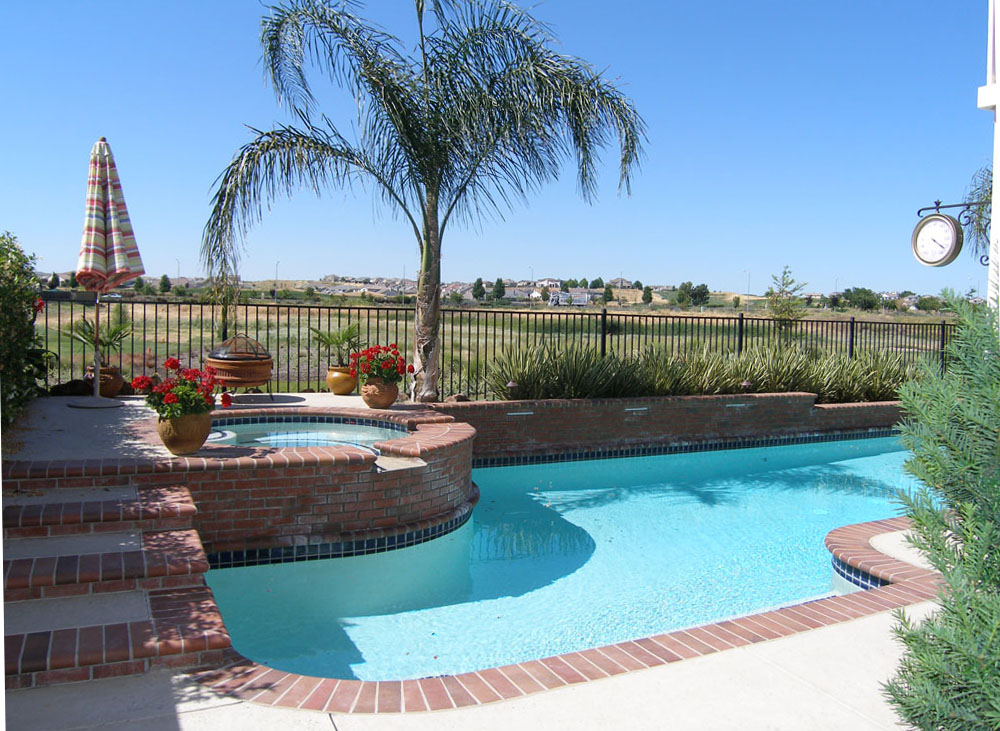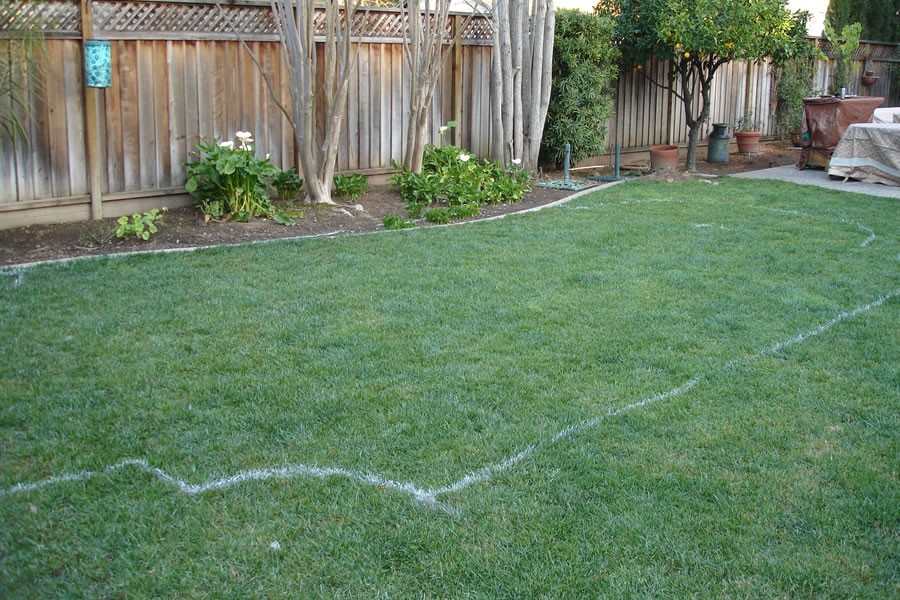
If you want your swimming pool project to be completed by summer, don’t wait until spring to get started. Photo: Classic Pools ©2018
With Tim Lindelli of Herb’s Pool Service, Inc.
In January, swimming is likely the last thing on your mind, but if you have plans to install a pool this year, it ought to be the first. Why? Because a swimming pool project takes a long time—longer than most homeowners realize. “Every spring, we get calls from homeowners who want to have a new pool built by summer, and they’re upset when we tell them that isn’t likely to happen,” says Tim Lindelli, project manager at Herb’s Pool Service, Inc. in San Rafael. “Due to the lengthy process involved, if you want to be swimming in your new pool by June, you should really get the ball rolling in January.”
To give a clearer picture of this process, we’ve created the following timetable of consecutive phases and their approximate timelines. Keep in mind that the timeline of each phase will vary depending on your project’s complexity, the availability of involved parties and other factors.
Swimming Pool Project Phases

Photo: Royal Pools of Santa Clara, Inc. (2018)
Initial consultation and design: 1-3 weeks
The first step in the pool building process is to meet with your pool contractor and go over the details of your project. In addition to learning what features you want your new pool to include, your contractor will survey the proposed building site and make note of important factors like lot dimensions, building setbacks and location of utilities. After gathering all the necessary information, your contractor will create a preliminary design for your pool, as well as an estimate of the project’s overall cost and timeframe.
Soils report: 3-6 weeks
To ensure the long-term stability of your pool’s structure, it’s wise to get a soils report, particularly if you live in an uneven location (such as a hillside) or a region with complex soil conditions. Your contractor will arrange for a geotechnical engineer to come to the installation site and take some soil samples. Following this, the geotechnical engineer will prepare a report of their findings.
Structural design: 1-3 weeks
Once the soils report is ready, your contractor will pass it on to a structural engineer. Using the soils report (along with the general specifications supplied by your contractor), the structural engineer will determine what level of support is needed at the pool’s various depths to reinforce its shell against the loading forces of the soil. The engineer will then design a concrete and rebar structure for your pool.
Permit approval: 4-8 weeks
Once your pool’s layout and structural design are complete, your contractor will submit these to the appropriate building department for permit approval. If you live within city limits, you’ll likely be working with the city building department; if you live in the outskirts, you’ll work with the county.
Permit turnaround time is one of the biggest variables in the pool building process, mainly because it can differ drastically from region to region. “For example, the City of Santa Rosa may approve your pool permit the same day, whereas the Sonoma County Permit and Resource Management Department may take four to six weeks to get back to you,” says Mr. Lindelli. “It just depends on what jurisdiction you’re working with and how busy they are at the time.”
Of course, this assumes your pool permit is approved the first time around, which may not be the case. “Let’s say the pool’s layout was designed with 5-foot property line setbacks in mind, but it turns out one of those setbacks is actually 10 feet due to an easement,” Mr. Lindelli postulates. “In this case, the building department would send the plans back to the contractor for revisions, which could add another two weeks to the timeline.” Ideally, your contractor will catch these sorts of issues while creating your pool’s initial design, but there’s no guarantee against unexpected issues popping up.
Pool construction: 8-12 weeks
After weeks (or months, more likely) of getting your pool right on paper, it’s finally time to build it. Naturally, the length of the building process will depend on the size and scope of your project. “Installing a pool in a flat backyard will typically take about two months, whereas installing at a hillside location will take closer to three months because of piers and things like that,” explains Mr. Lindelli. He says you also have to factor in the impact of bad weather and concurrent projects taking place on the pool construction site. For example, if you’re having a deck built or doing major landscaping, certain phases of your pool project may need to be delayed to accommodate these. To avoid unnecessary delays, Mr. Lindelli recommends communicating with your pool contractor and building/landscape contractor to minimize inconvenient overlaps.
Now that you know what’s involved, it’s time to dive into your swimming pool project!
Find a Diamond Certified pool contractor in your area.
